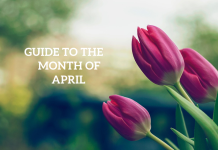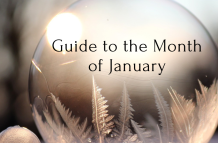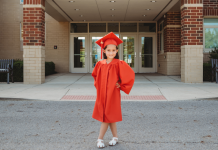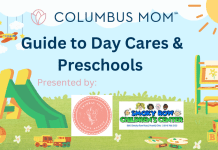“You know what choice the angry 19-year-old man made? To kill 17 people! He had the choice! The choice to be angry, to be fearful, to be happy, to be courageous, and he chose to be a coward. He chose not to use strategies or tools to calm himself. No one helped him learn these skills, but you have a choice. You can meditate, listen to music, draw, jump on the trampoline, go to another room, get out your calming kit. All the things we talked about at our family meeting, and you are choosing to fight with your brother.”
Somehow on the emotional roller coaster flying quickly downhill, I went from sibling rivalry all the way to talking about shooting people?!!! My sweet, spirited 7-year-old relentlessly wanted a special Lego piece from his little brother and I went on a shaming tangent! After quickly apologizing for my actions, I didn’t realize how much this tragedy in Parkland, Florida shook our family, as it did our community and our country.
Violence Prevention
In light of the tragedy that occurred at Marjory Stoneman Douglas High School on February 14, 2018, I have decided to speak out along with many others to make positive changes and to take action! There is an uproar from these victims, these courageous students, community members, and people all over the country to make positive changes through gun control, crisis prevention plans, counseling services, teacher training, school safety, and the list continues.
I keep on thinking though that where the change also needs to start is within the classrooms and in the schools to prevent bullying and violence and create a community of service, of problem-solving, of complimenting and appreciating each other to show respect! This is classroom meetings.
Classroom Meetings
Classroom meetings based off of Positive Discipline, founded by Jane Nelson, invite students to grow as citizens to be responsible, respectful and resourceful members of society. The meetings empower students to learn from their mistakes in a safe environment where mistakes are an opportunity to learn. Students learn that they are capable, they can contribute, and they can make choices to have a positive influence. This allows all students to have a voice and to feel heard and listened to. This invites mutual respect among students and their teacher. This is where growth and community happen, in the classroom. Additional intensive services are needed and are equally important for high-risk students, but hopefully, those students feel supported as well as the rest of the student body.
Classroom meetings should be student led to discuss both student and teacher concerns with respectful solutions generated by the students and the teacher.
Positive Discipline Classroom Meeting Format:
- Compliments and Appreciations. This encourages students to show appreciation for one another and lift each other up.
- Follow up on prior solutions. Re-evaluate last week’s solutions and check in to see if the solutions have been used or how they have worked.
- Challenges and Problems. New problems added by students and teacher to the agenda. The class brainstorms solutions. Write down all ideas to consider and then pick a reasonable and respectful solution from the list to try for at least one week.
- Share feelings while others listen
- Discuss without fixing
- Ask for problem-solving help
- Future Plans (field trips, parties, projects)
Essential Training
Students need a lot of training to conduct an effective classroom meeting. They need training to learn how to give a compliment, how to problem-solve without blaming or punishing others and to role play. Role-playing is important to practice using the tools and solutions and learn empathy. To find out more about the eight essential skills for an effective classroom meeting check out the link: https://www.positivediscipline.com/articles/what-does-positive-discipline-class-meeting-look
School Research
Research shows that when students feel a sense of belonging and connection at school, academic performance increases as does social and emotional learning, according to Sulkowski, Demaray and Lazarus (2015) from the National Association of School Psychologists.
Family Meetings
Classroom meetings are not just for the classroom! These meetings can be conducted at home as well, called family meetings. The same agenda is used in the home. After my emotional roller coaster with my 7-year-old we calmly talked about strategies to use when we are angry or anxious. After our last family meeting, each family member contributed a calming strategy to use when we are anxious or angry and we made a visual poster to use during these times. I had invited my 7-year-old to our calming poster so we could both choose a strategy to regather ourselves.
Matthew Kelly, author and motivational speaker says, “Love is a choice, anger is a choice, fear is a choice, courage is a choice, you choose.”
Choose to continue to make a difference in your family, your schools, your community with lots of mistakes along the way! Speak out and invite your children and your students in on these conversations.
















